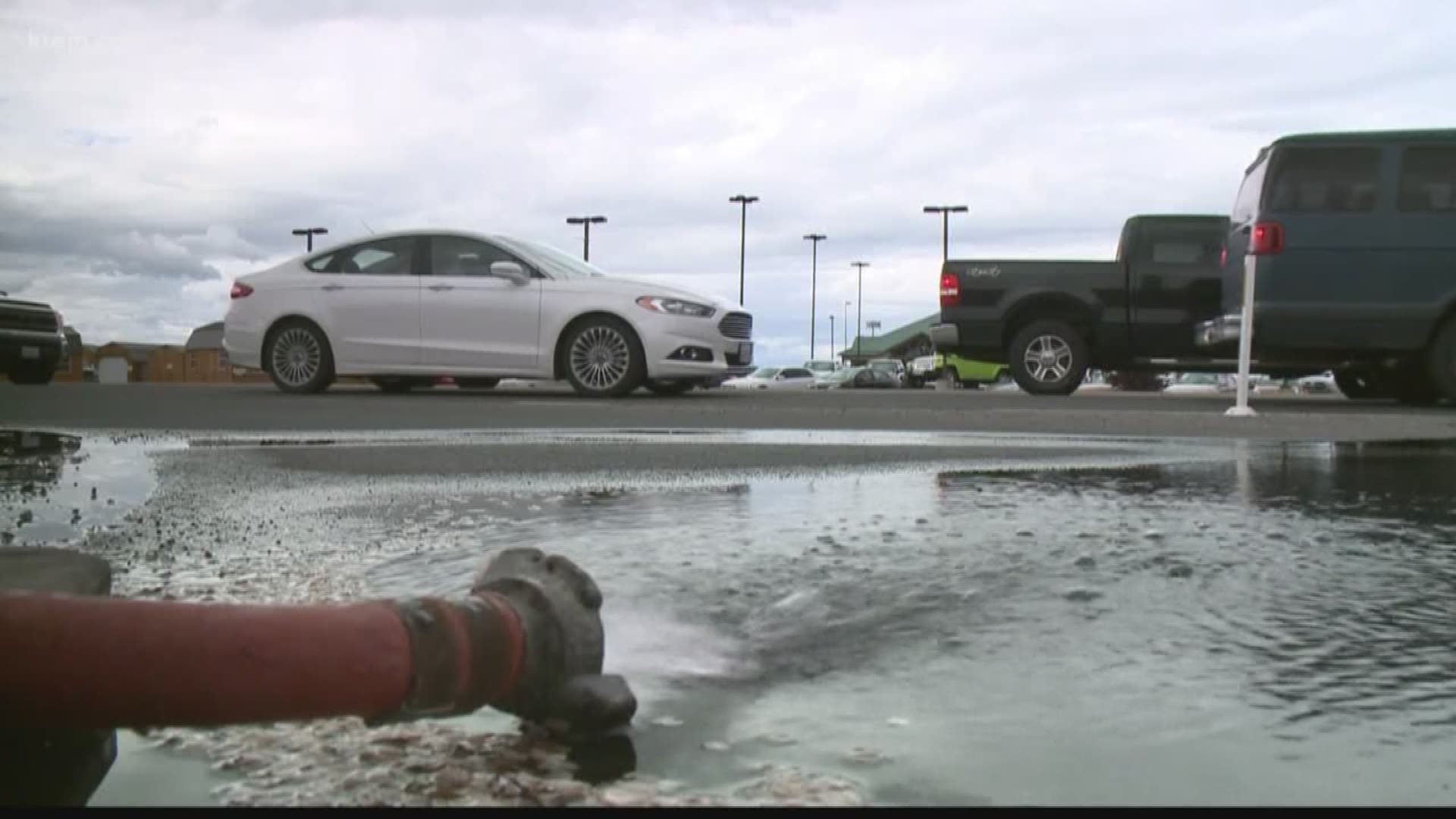AIRWAY HEIGHTS, Wash — The Centers for Disease Control and has named Airway Heights as one of eight communities it will study to find out the dangers of human exposure to chemicals known as polyfluoroalkyl substances, more commonly known as PFOS and PFOA.
The announcement was made on Friday.
The study will ask randomly selected community members to participate in exposure tests, according to Airway Heights City Manager Albert Tripp.
The tests will take place using urine and blood samples later this year, Tripp said.
“We are pleased our community has been chosen for this important assessment,” Airway Heights Mayor Kevin Richey said. “The health and safety of our citizens is our number one priority.”
The CDC announced they will meet with communities selected for the study to discuss plans, but no meeting date has been set, Tripp said.
Tests done in May 2017 showed that Airway Heights' domestic water supply had been impacted by PFOS and PFOA, Tripp said.
These chemicals are found in fire-extinguishing foam and other materials, and are thought to have seeped into groundwater supplies from a fire training site located on the eastern edge of the Fairchild Air Force Base.
The water used by city residents now comes from the City of Spokane, so the public is not longer exposed to these chemicals in the water from Airway Heights' wells, according to Tripp.
In Nov. 2018, three land owners in Airway Heights and Medical Lake sued the U.S. government, the Department of Defense and the U.S. Air Force over groundwater contamination caused by firefighting foam, as KREM reported last year.
One land owner, Vincent Fiattarone, claimed he lost money when the contaminated water caused a potential buyer to decide against purchasing his property.
The EPA issued a drinking water health advisory in early 2017 due harmful chemicals in the water that could cause health problems including cancer and liver damage, among others.
Testing done at Fairchild AFB showed contamination in some wells bordering the base were at least 15 times higher than the range considered safe by the EPA.

